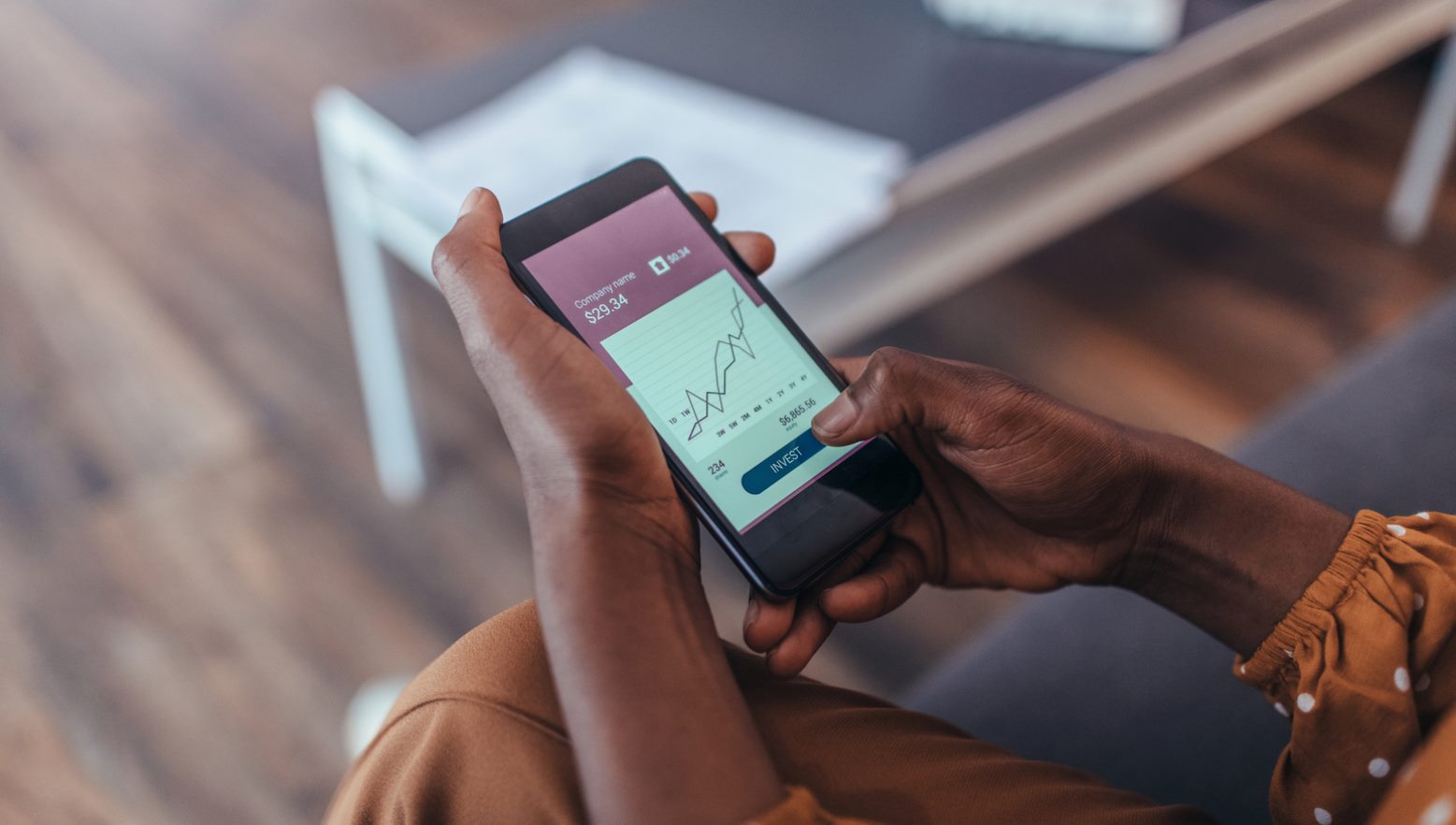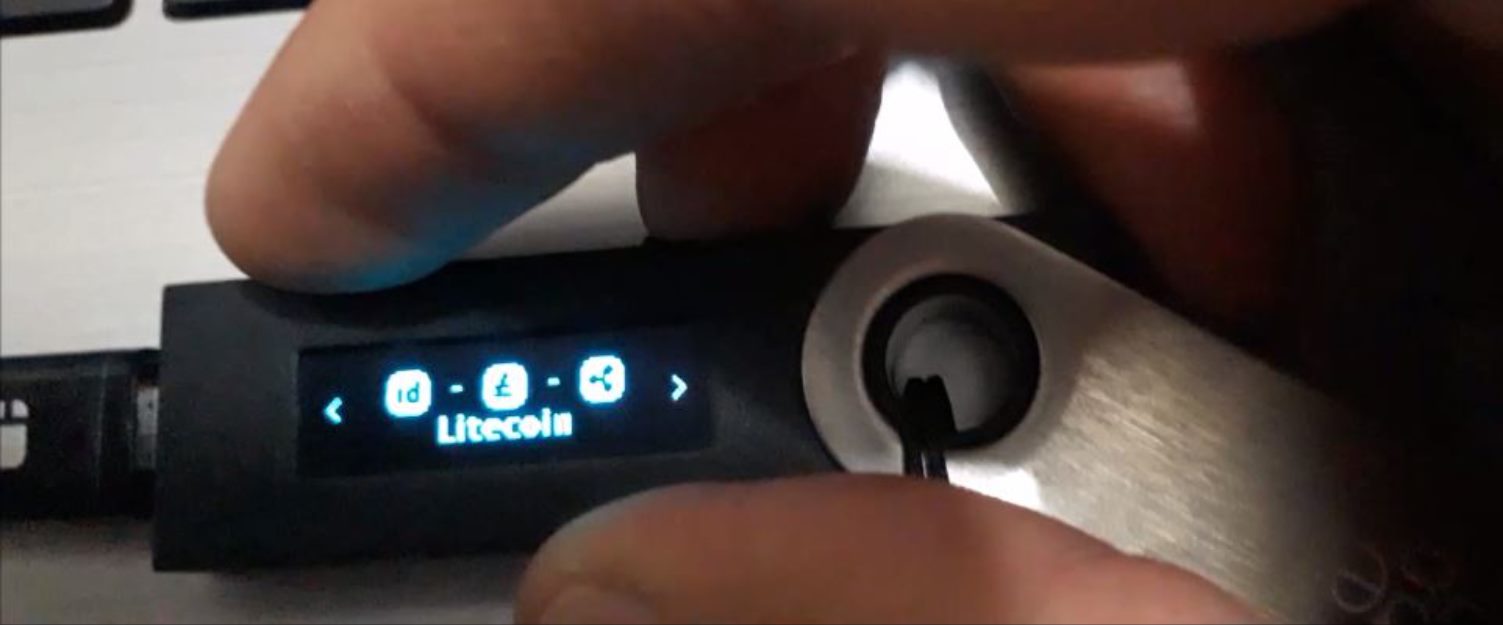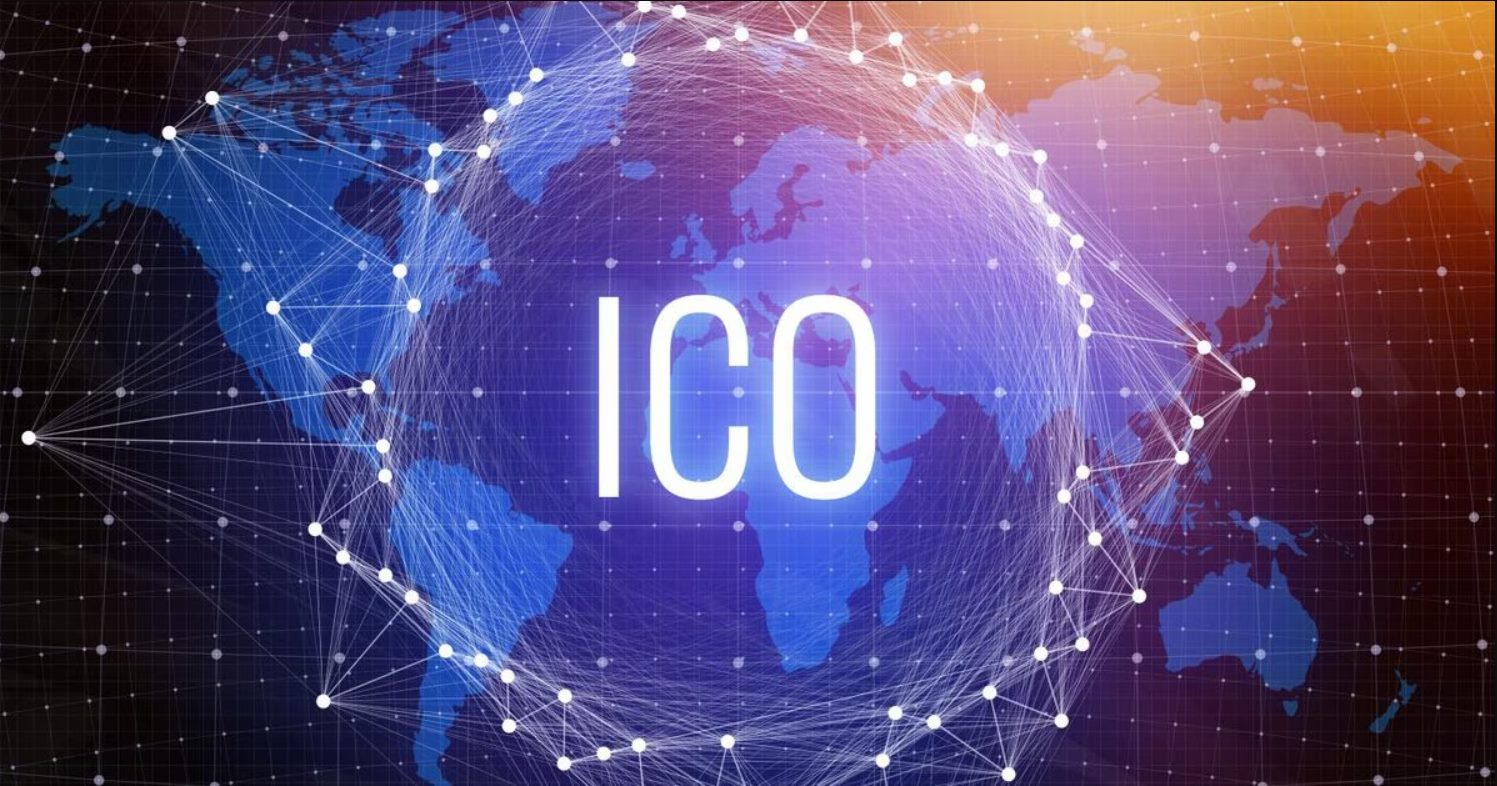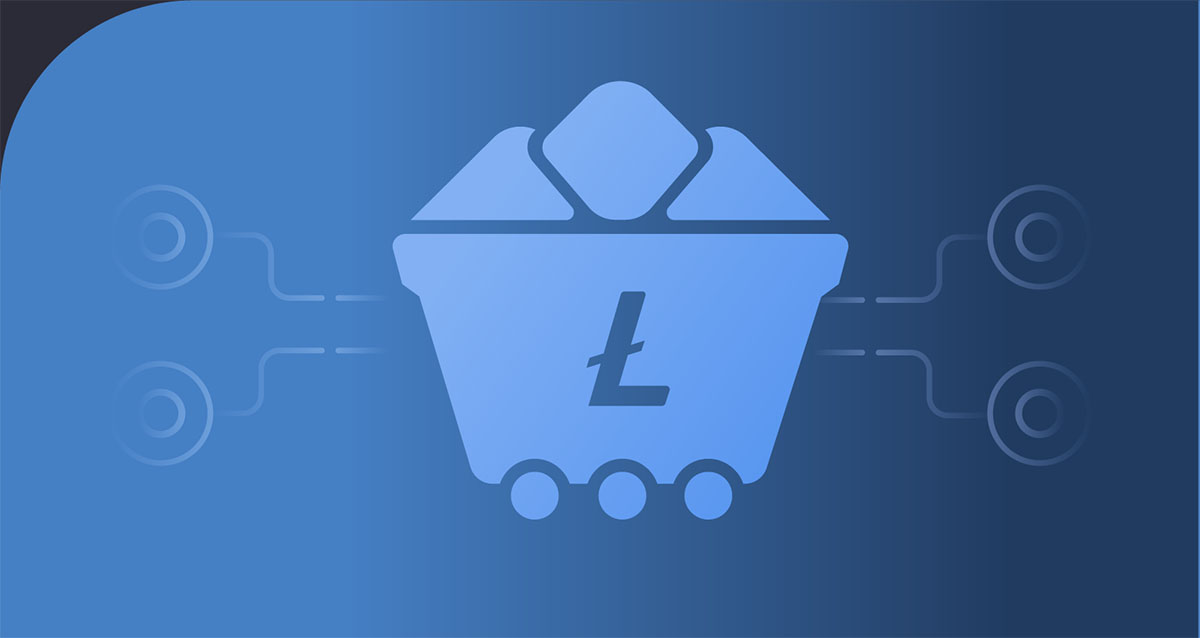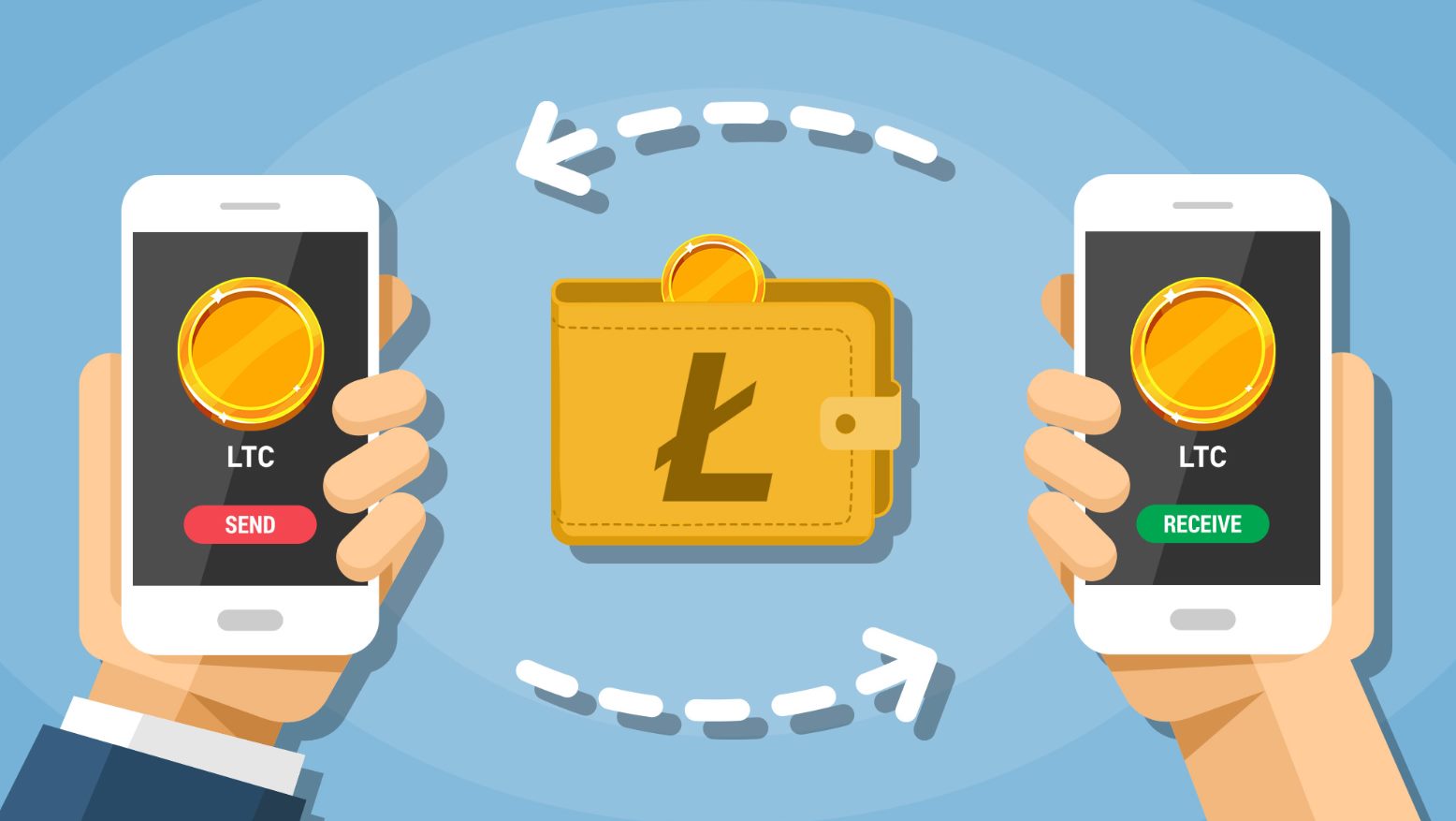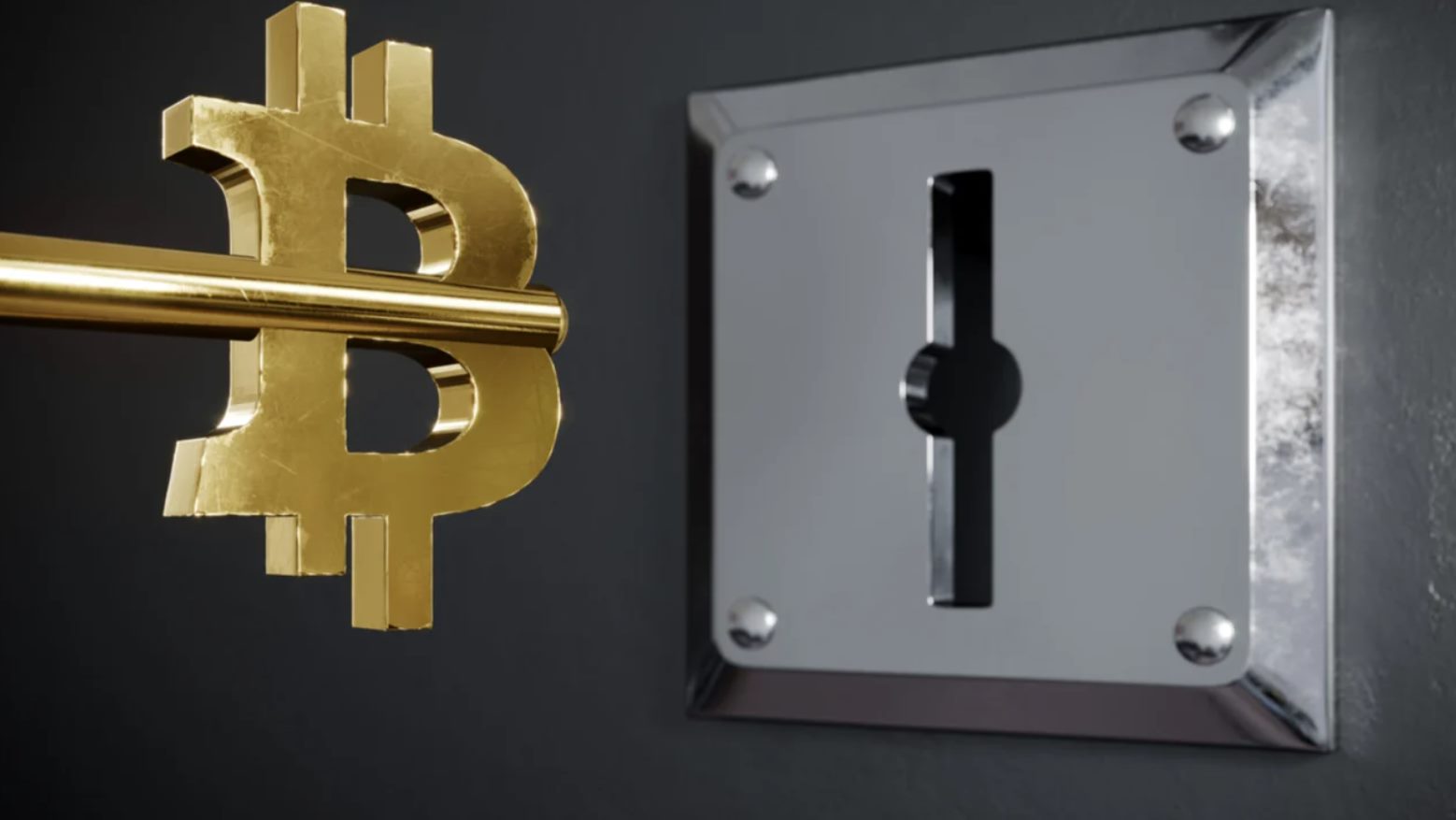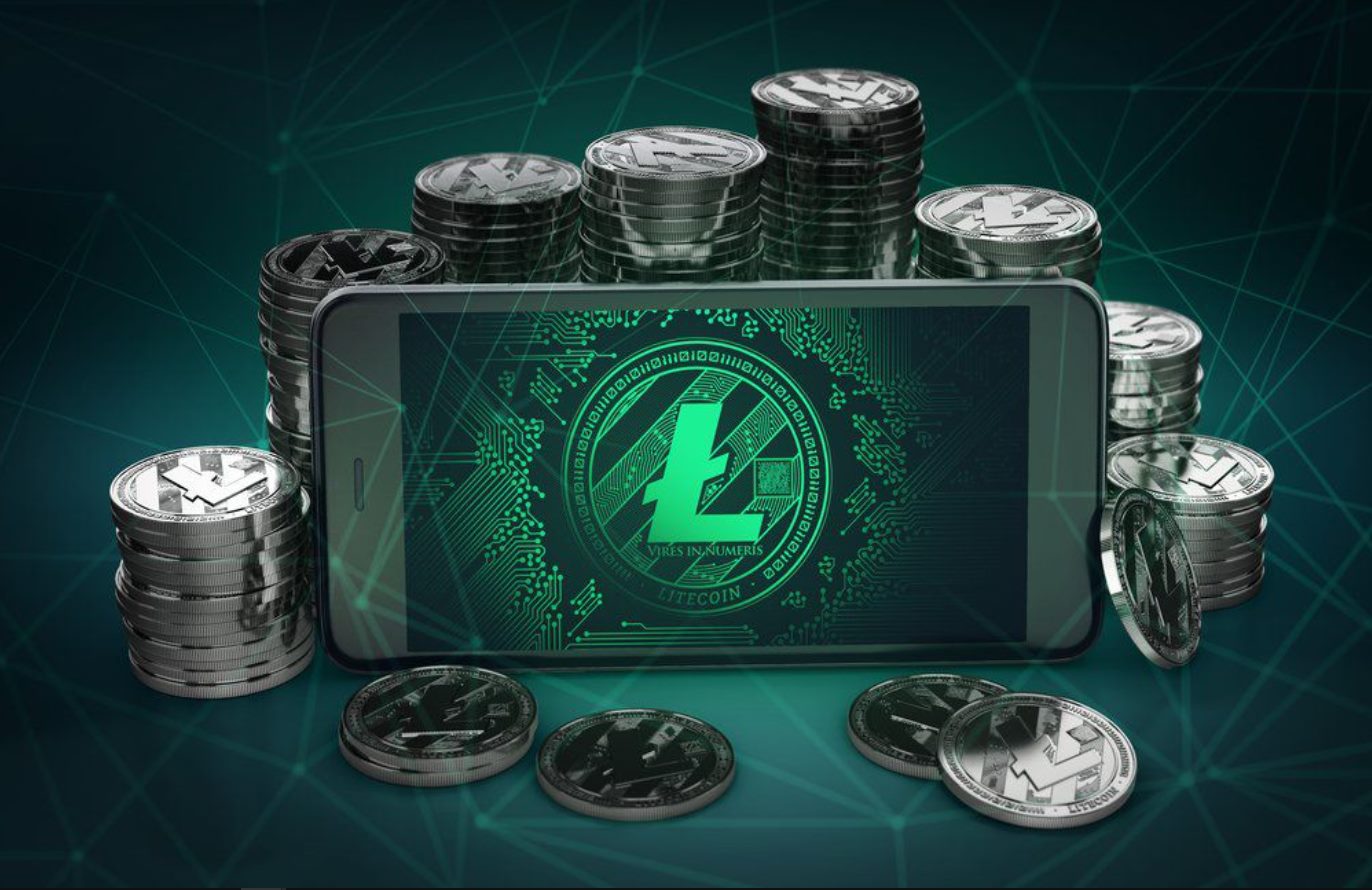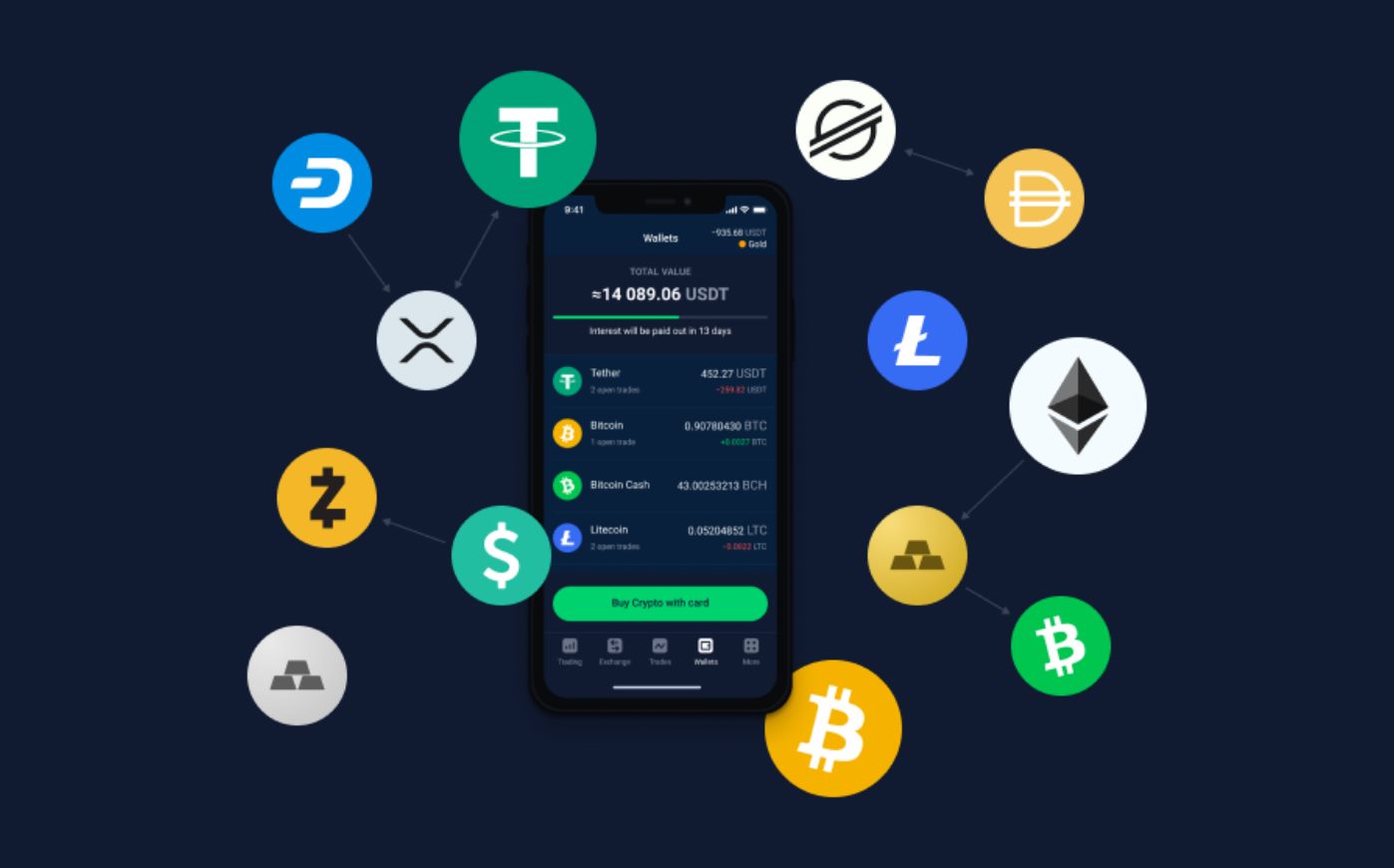Introduction
Welcome to our guide on the fascinating world of Litecoin wallet sync. If you’re new to the cryptocurrency realm or have recently started using Litecoin, understanding how your wallet syncs is crucial. The process of syncing your wallet allows it to update with the latest transactions and blockchain data, ensuring your wallet is up to date and accurate.
Before we dive into the details, let’s quickly recap what Litecoin is. Litecoin is a popular cryptocurrency that functions on a decentralized network, similar to Bitcoin. It offers faster block generation times and a different hashing algorithm compared to its predecessor, making it efficient and secure.
Now, let’s explore the concept of Litecoin wallet sync. When you first set up your Litecoin wallet, it begins the process of syncing with the blockchain. This process involves downloading and verifying all the historical transactions ever made on the Litecoin network.
During the sync, your wallet communicates with other nodes in the Litecoin network to retrieve the block data required to update your local copy of the blockchain. This ensures that your wallet is aware of the latest transactions and can accurately calculate your balance.
Syncing your Litecoin wallet is an essential step to ensure the decentralization and security of your transactions. It allows the wallet to independently verify the authenticity of transactions and maintain consistency with the global network.
Now that we have a basic understanding of Litecoin wallet sync, let’s explore the factors that can affect the syncing process and how you can check the progress. Understanding these aspects will help you estimate the time it takes to sync your Litecoin wallet, along with some useful tips to speed up the process.
What is Litecoin Wallet Sync?
Litecoin wallet sync is the process of updating your wallet’s local copy of the Litecoin blockchain with the latest transactions and blocks. It ensures that your wallet is up to date and accurately reflects your balance and transaction history.
When you install a Litecoin wallet on your device, it starts syncing with the Litecoin network. During the sync, the wallet validates and downloads each block on the blockchain, starting from the genesis block to the most recent blocks. This process happens in chronological order, ensuring the integrity and security of the blockchain.
Each block contains a set of transactions, and the wallet verifies the authenticity of every transaction before adding it to its local copy of the blockchain. This verification process involves validating digital signatures, checking if the sender has sufficient funds, and confirming that the transaction is not a double spend.
The time it takes to complete the sync process depends on a few factors, including the speed of your internet connection, the processing power of your device, and the size of the Litecoin blockchain. The Litecoin blockchain is constantly growing as new blocks are added, so the initial sync may take longer, while subsequent syncs will be faster.
During the sync, your wallet communicates with other nodes in the Litecoin network to retrieve the necessary block data. These nodes share block data with each other, ensuring a decentralized and distributed network. This also helps in verifying the integrity of the blockchain, as multiple nodes have copies of the same blockchain.
Once the sync is complete, your wallet is ready to send and receive Litecoin transactions. Your wallet will continue to sync periodically to update itself with the latest transactions and blocks added to the blockchain.
Now that we understand what Litecoin wallet sync is and how it works, let’s explore the factors that can affect the time it takes to sync your wallet and how you can check its progress.
Factors Affecting Litecoin Wallet Sync Time
The time it takes to sync a Litecoin wallet can vary based on several factors. Understanding these factors can help you estimate how long the process might take and manage your expectations accordingly. Here are the main factors that can influence Litecoin wallet sync time:
1. Internet Connection Speed: The speed of your internet connection plays a vital role in the syncing process. A faster connection allows the wallet to download and verify blocks more quickly. If you have a slow or unstable internet connection, it may take longer to complete the sync.
2. Hardware Specifications: The processing power and storage capacity of your device can impact wallet sync time. Older devices or devices with low specifications may take longer to process and validate blocks, thus prolonging the sync process.
3. Blockchain Size: The size of the Litecoin blockchain at the time of syncing can affect the overall sync time. Since the blockchain continuously grows as new blocks are added, the initial sync may take longer, while subsequent syncs will be faster. As of writing this guide, the Litecoin blockchain size is over 30 GB.
4. Network Traffic: The overall network traffic on the Litecoin network can impact the sync time. Higher network congestion or spikes in usage may slow down the data transfer between nodes, resulting in a longer sync process.
5. Peer Availability: Your wallet relies on other nodes in the Litecoin network to retrieve block data. If there are fewer available nodes or if the nodes you are connected to have limited bandwidth, it may affect the speed at which your wallet can sync.
6. Firewall and Security Settings: Certain firewall or security settings on your device or network may prohibit or slow down the communication between your wallet and the Litecoin network. Ensure that your firewall settings allow the necessary connections for the sync process to proceed smoothly.
7. Disk Space: Sufficient disk space is required to store the blockchain data on your device. If your device’s storage is nearly full, it may slow down the syncing process or prevent it from completing.
8. Wallet Software Version: The version of the wallet software you use can also impact the sync time. Keeping your wallet software updated with the latest version can often improve syncing efficiency and performance.
Considering these factors, it’s essential to be patient during the syncing process, especially if it’s the first time you’re setting up a Litecoin wallet or if you’re syncing on a low-powered device. Next, we’ll discuss how you can check the progress of your Litecoin wallet sync.
How to Check Litecoin Wallet Sync Progress
Checking the progress of your Litecoin wallet sync can help you estimate how much time is remaining and ensure that the process is running smoothly. While the exact method may vary depending on the wallet software you are using, here are some general steps to check the sync progress:
1. Wallet Interface: Most Litecoin wallets provide a user-friendly interface that displays the progress of the sync. Look for a section or tab within the wallet that shows the sync status. This may include the number of blocks synced, the percentage of completion, or an estimated time remaining.
2. Command-Line Tools: If you are using a command-line wallet, you can use specific commands to obtain sync information. For example, you can use the “getinfo” or “getblockchaininfo” command to retrieve details like the current block height and the number of blocks synced.
3. Network Status: Some wallet software provides network status indicators that show the number of active connections to other nodes. This can give you an idea of how well your wallet is connected to the Litecoin network and if it is actively syncing.
4. External Block Explorer: If your wallet does not provide built-in sync progress indicators, you can use an external Litecoin block explorer. These explorers allow you to search for addresses and transactions and usually provide the current block height. By comparing the block height of the explorer with your wallet, you can get an estimation of the sync progress.
Remember, the sync progress may slow down or pause temporarily at times, especially if your wallet is verifying large blocks or encountering network congestion. Be patient and allow the wallet to complete the necessary processes to ensure an accurate and secure sync.
Now that you know how to check the progress of your Litecoin wallet sync, let’s dive into the question that is likely on your mind – how long does the sync process actually take? We’ll address this in the next section.
How Long Does Litecoin Wallet Sync Take?
The time it takes to sync a Litecoin wallet can vary widely depending on several factors, as mentioned earlier. These factors include internet connection speed, hardware specifications, blockchain size, network traffic, peer availability, firewall settings, disk space, and wallet software version.
For a new Litecoin wallet installation, the initial sync can take a significant amount of time, ranging from a few hours to several days. This is because the wallet needs to download and validate all the historical transactions ever made on the Litecoin network.
The speed of your internet connection is a crucial factor in determining how long the sync process will take. With a fast and stable connection, the block data can be downloaded and verified more quickly. Conversely, a slow or unreliable internet connection can significantly prolong the sync time.
The processing power and storage capacity of your device also play a role. Older or low-spec devices may take longer to process and validate blocks, thus extending the sync duration. Similarly, if your device has limited available disk space, the sync process may be delayed or interrupted.
The size of the Litecoin blockchain is another factor to consider. Currently, the Litecoin blockchain size is over 30 GB, and it continues to grow as new blocks are added. As a result, the initial sync time can be longer, while subsequent syncs will be faster as they only require syncing with the newly added blocks.
It’s important to note that the sync progress is not linear. The sync may appear to be stuck or slow down at certain points, especially when the wallet is validating large blocks or encountering network congestion. This is normal and part of the syncing process, so it’s essential to be patient.
Overall, it’s difficult to provide an exact timeframe for how long the Litecoin wallet sync will take due to the various factors involved. It’s best to allow the sync process to run uninterrupted and monitor the progress using the methods mentioned earlier. This will give you a more accurate estimate of the remaining time and ensure that your wallet is synced properly.
In the next section, we’ll provide some tips and techniques to speed up the Litecoin wallet sync process, so stay tuned!
Tips to Speed Up Litecoin Wallet Sync
If you’re looking to speed up the Litecoin wallet sync process, there are several tips and techniques that you can try. These suggestions can help optimize your syncing experience and reduce the overall time it takes to sync your wallet. Here are some tips to speed up Litecoin wallet sync:
1. Use a Solid Internet Connection: Ensure that you have a fast and stable internet connection. Connecting to a high-speed network will enable your wallet to download block data more quickly, accelerating the syncing process.
2. Upgrade to SSD: Consider using a Solid State Drive (SSD) instead of a traditional Hard Disk Drive (HDD) for storing the blockchain data. SSDs offer faster read and write speeds, which can significantly improve the syncing speed of your wallet.
3. Close Other Programs: Close unnecessary programs and applications running in the background, as they can consume resources and slow down the syncing process. This allows your device to allocate more processing power and network bandwidth to the wallet sync.
4. Configure Port Forwarding: If you’re experiencing slow sync speeds, you can try configuring port forwarding on your router. Port forwarding allows incoming connections to reach your wallet more efficiently, potentially speeding up the sync process.
5. Use a Bootstrap File (Optional): Utilize a bootstrap file, which is a pre-downloaded and verified copy of the Litecoin blockchain. By using a bootstrap file, your wallet can skip the initial block download (IBD) phase and sync directly from the bootstrap file, saving a significant amount of time. However, ensure that you download the bootstrap file from a trusted source.
6. Update Wallet Software: Keep your wallet software up to date with the latest version. Wallet updates often include improvements to syncing performance and efficiency. Check the official Litecoin wallet website for any available updates.
7. Consider a Light Wallet: If speedy syncing is a top priority, you can opt for a lightweight wallet, like Electrum-LTC. These wallets do not require downloading the entire blockchain, as they rely on external servers to sync and validate transactions.
8. Patience is Key: Keep in mind that the initial sync process can take time, and it’s important to be patient. The duration may vary depending on the factors mentioned earlier. Avoid interrupting or restarting the sync process unless it encounters a persistent issue.
Implementing these tips can help expedite the Litecoin wallet sync process. However, it’s important to remember that the overall sync time can still be influenced by network conditions and the size of the blockchain. With a combination of optimization techniques and patience, you’ll have your wallet fully synced in no time!
In the next section, we’ll address common issues that may arise during the sync process and provide troubleshooting tips to help you overcome them.
Common Issues and Troubleshooting Tips
While syncing your Litecoin wallet, you may encounter a few common issues that can hinder the process. Understanding these issues and having troubleshooting tips at hand can help you overcome them. Here are some common issues and their corresponding troubleshooting tips:
1. Sync Stuck or Not Progressing: If your wallet appears to be stuck or the sync is not progressing, try restarting the wallet software. Sometimes, a simple restart can resolve any temporary issues. Additionally, ensure that your device’s firewall settings allow the necessary connections for the sync process.
2. Slow Sync Speed: If you notice that the sync speed is slow, check your internet connection speed and make sure it’s stable. Consider upgrading to a faster plan if necessary. You may also try connecting to different nodes within the Litecoin network to see if it improves the sync speed.
3. Not Connecting to Nodes: If your wallet is not connecting to any nodes or is not syncing at all, it could be due to firewall restrictions on your device or network. Check your firewall settings and ensure that your wallet is allowed to communicate with the Litecoin network.
4. Out of Sync Error Message: If you receive an “out of sync” error message, it means that your wallet’s copy of the blockchain is not up to date. Restarting the wallet and allowing it to continue syncing should resolve this issue. If the problem persists, check for any available updates for your wallet software.
5. Insufficient Disk Space: If you receive an error indicating insufficient disk space, free up some storage on your device. Move unnecessary files or applications to an external drive or consider expanding your device’s storage capacity. Ensure that you have enough free disk space to accommodate the growing size of the Litecoin blockchain.
6. Blockchain Corruption: In rare cases, the blockchain data on your device may become corrupted, leading to syncing issues. To resolve this, you can try resetting your wallet’s data or reinstalling the wallet software. However, be sure to back up your wallet before undertaking any major changes.
7. Consult Online Communities: If you are still experiencing difficulties with the sync process, consider seeking assistance from online Litecoin communities or forums. These communities often have experienced members who can provide guidance and help troubleshoot specific issues you may be facing.
Remember to exercise caution when seeking help online and ensure that you are consulting reputable sources. Be wary of sharing sensitive information or downloading files from untrusted sources.
By following these troubleshooting tips, you can overcome common issues that may arise during the Litecoin wallet sync process. If you encounter any persistent problems, don’t hesitate to reach out for further assistance.
In the next section, we’ll wrap up our guide and summarize the key points we’ve discussed so far.
Conclusion
In conclusion, understanding the process of syncing your Litecoin wallet is essential for anyone entering the world of cryptocurrencies. The sync ensures that your wallet is up to date with the latest transactions and blocks on the Litecoin blockchain, providing you with an accurate balance and transaction history.
Throughout this guide, we’ve explored various aspects of Litecoin wallet sync, including what it is, the factors affecting sync time, how to check sync progress, and tips to speed up the sync process. We’ve also provided troubleshooting tips for common issues that may arise during syncing.
While the time it takes to sync a Litecoin wallet can vary based on factors such as internet connection speed, hardware specifications, and the size of the blockchain, it’s crucial to be patient and allow the sync process to run its course. Monitoring the sync progress and optimizing your setup can help expedite the process.
If you encounter any difficulties during the sync process, such as slow syncing speeds or error messages, refer to the troubleshooting tips provided earlier. Additionally, don’t hesitate to seek assistance from online Litecoin communities and forums, where experienced users can offer guidance and support.
By following the tips and guidelines outlined in this guide, you can effectively sync your Litecoin wallet and embark on your cryptocurrency journey with confidence. Ensure that you keep your wallet updated, maintain a secure backup of your wallet data, and stay informed about any future developments or changes in the Litecoin network.
We hope this guide has provided you with valuable insights into the process of syncing your Litecoin wallet. Now, you’re ready to enjoy all the benefits of using Litecoin and participate in the exciting world of cryptocurrency transactions.







